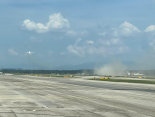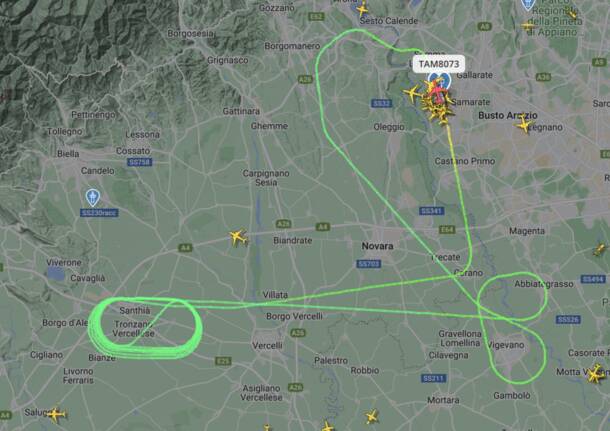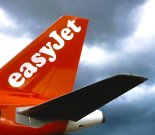Un commento che appare utile

x.com
A few things on the
@LATAMAirlines
tail strike in Milan the other day.. - The 777, through its fly-by-wire (FBW) system and while operating in normal law, has a tail strike protection system which decreases elevator responsiveness/effectiveness if the the system anticipates a potential tail strike based on rate of rotation, acceleration and other factors. Per Boeing FBW philosophy, it -can- however be overridden by applying enough back pressure on the control column. - The ZFW (zero fuel weight) and the GW (gross weight) lines cannot be switched as in you cannot mistakenly put a ZFW value in the GW boxes or viceversa to mitigate the risk associated with calculating required takeoff thrust based on erroneous weights. This applies to Next Generation (NG) flight management systems (FMS) as installed in 747-400s, -8s, 767s, 777s and 787s at least in my own personal experience. - Different airlines use different programs/software and hardware to perform takeoff thrust and optimum flap settings calculations. In my years flying the 777F for LAN Cargo (a subsidiary of the now LATAM) we used the OPT (Onboard Performance Tool) as installed in the jet’s own EFB (electronic flight bag). I’m not sure if this is still the case but later iterations of this software aim to detect and prevent entry errors by flight crew. That is the case with the system my current airline uses now called AeroData. - The GE90-115B is the most powerful turbofan engine ever put into service. It provides 115,000 lbs. of thrust at takeoff and rarely, if ever, is that much thrust required during normal operations which is why we use either a de-rated thrust setting, an assumed temperature thrust setting or a combination of both to provide the minimum required thrust for takeoff considering aircraft weight, runway length, weather and other conditions while still maintaining a wide operational safety margin. - Something that is never taught on the line and something that I have applied and passed on to my first officers and other pilots is the need to asses whether or not the aircraft is accelerating properly based on its weight, its takeoff thrust and the outside conditions. How? Take this, use this, it will one day save your life, your ticket and at the very least save you from a carpet dance in front of your chief pilot. Here’s what you do. Stabilize your engines prior to selecting THR/TOGA or whatever the takeoff thrust mode is for the jet that you fly. As you select TOGA or takeoff thrust simultaneously start your chronometer and incorporate it into your scan. If you’re operating at balanced field you WILL reach 80 at exactly 20 seconds. The airport elevation is irrelevant because thrust is directly proportional to air density and so the higher in altitude you are, the lower the total thrust available and the lower the takeoff weight has to be to accommodate the atmospheric conditions. Trust-you-me. Use this and you’ll never find yourself dragging your tail down the runway. When applying thrust de-rates and assumed temperatures for your thrust calculations, you are still using the air at the current atmospheric pressure resulting in a very conservative thrust requirement which means you will always reach 80 knots before 20 seconds. Pass it on and fly safely. You as I all have families to get back home safe to and if we get home safe, so do the hundreds of people sitting behind us.


 BREAKING NEWS
BREAKING NEWS









